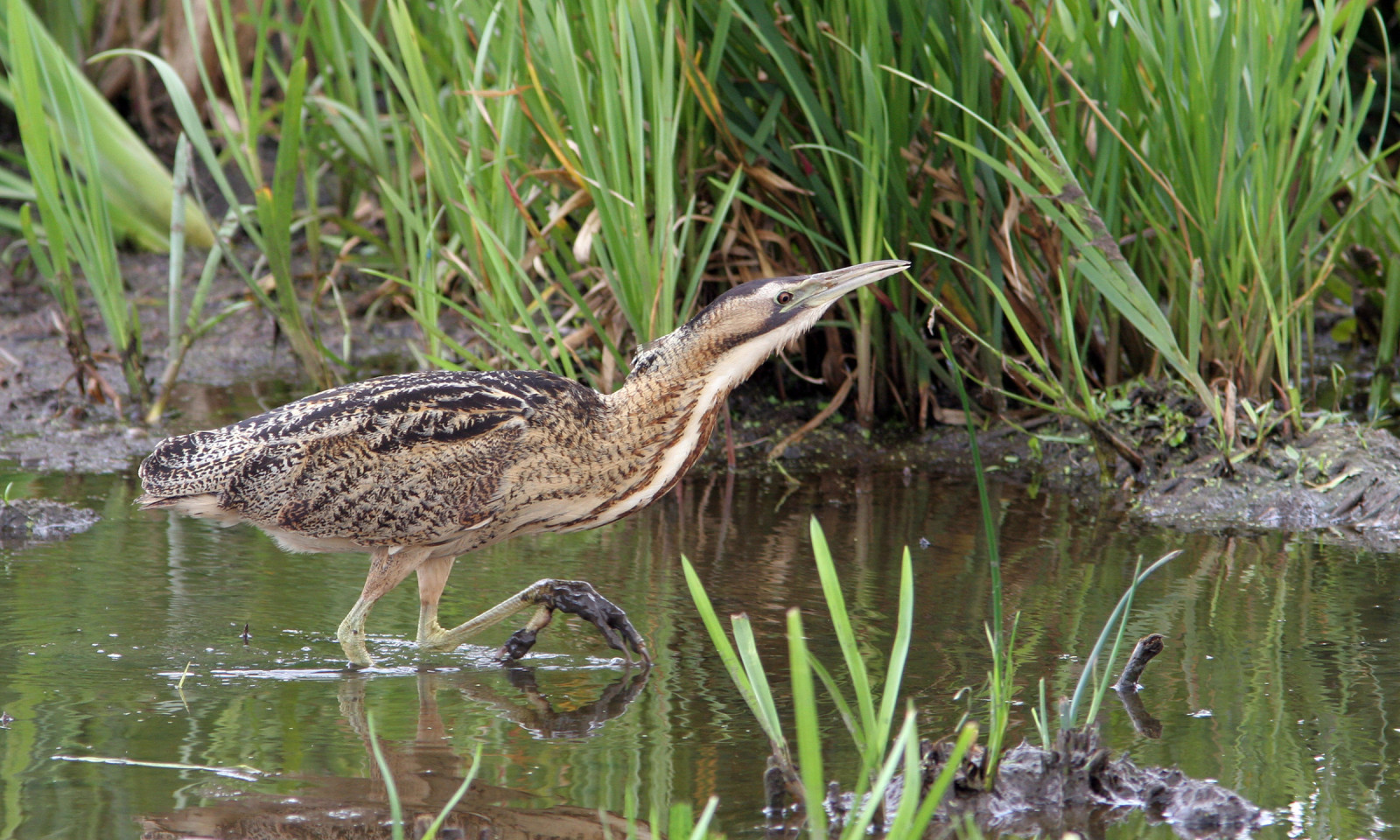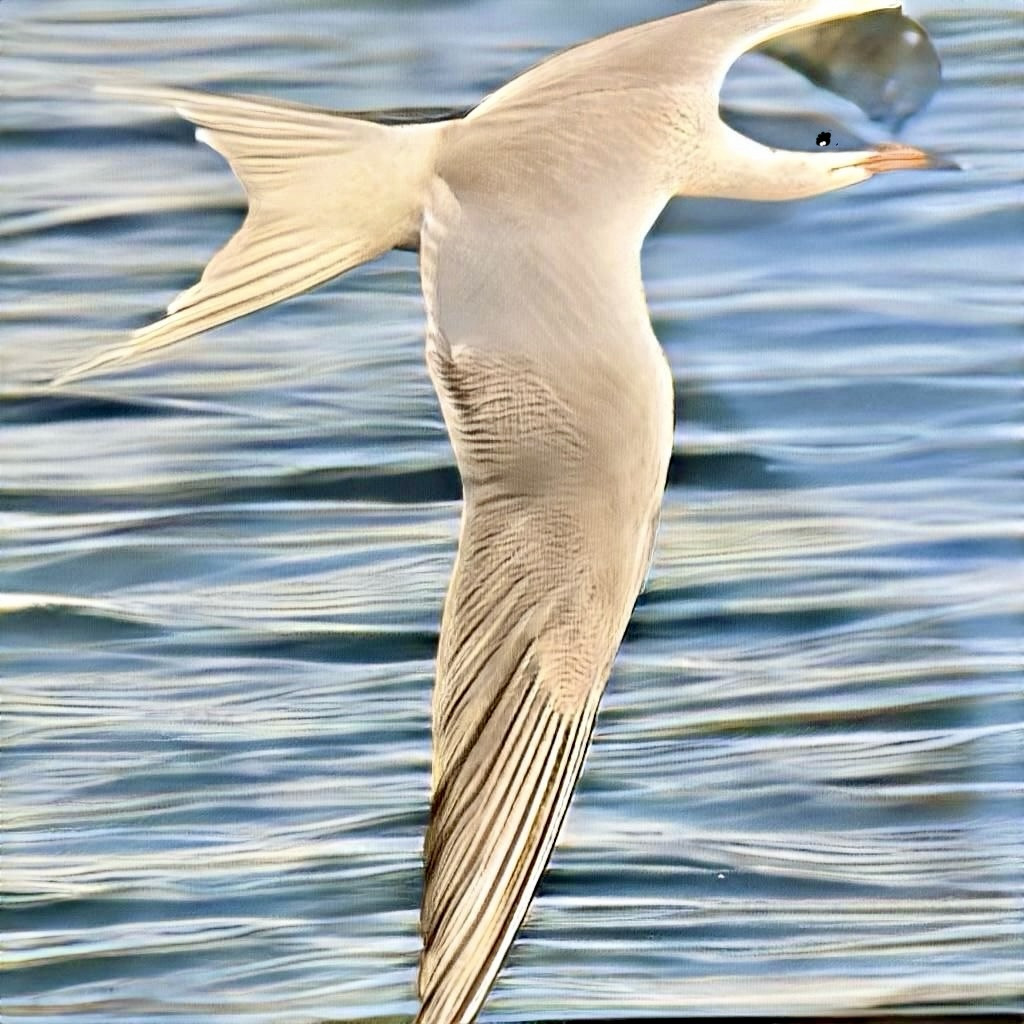Opis
The lake of Boren hosts a large variety of waterfowl. Dabbling ducks are often plentyful in the lake (sometimes numbering in the hundreds) during spring and some of whom stay to breed. During autumn and winter the lake is often dominated by geese (most common are gęgawa, bernikla kanadyjska, and ges zbozowa. But often also: gęś tundrowa, gęś krótkodzioba and gęś białoczelna), and mergansers (mainly bielaczek and nurogęś). Among them it is not uncommon to find a few marine ducks (mainly lodówka, ogorzałka and markaczka). In the lake krakwa, perkoz dwuczuby, kormoran, czernica, łabędź niemy and many more often nest.
The reedbeds in the southern part of the lake are often used by trzciniak, bąk, rokitniczka, and błotniak stawowy. In the north lelek and słonka can often be heard during the night. There are large amounts of deciduous forest around Sjöboknäppan which attract orzechówka (zwyczajna), muchołówka mała, dziwonia and pierwiosnek and many more.
A migration route passes through the lake during the spring migration in May with migrating tern, waders, and gulls sometimes seen in larger numbers. Among these mewa mała and rybitwa czarna are sometimes found. The lake holds often łyska, wodnik (zwyczajny), bielaczek, perkozek and łabędź krzykliwy during the winter. If the lake is ice-free during this period large amounts of ducks, and geese also winter on the lake. In and around the lake 204 bird species have been recorded.
Szczegóły
Dostęp
There are many places to get a good wiev of the lake. At Sjöboknäppan there is a birdwatching tower (altought it could be taken down) and an observation plattform. Parking can be done a Sjöbo-knäppan, Borenshults slussar, Uddenäset, and at Borensberg.




